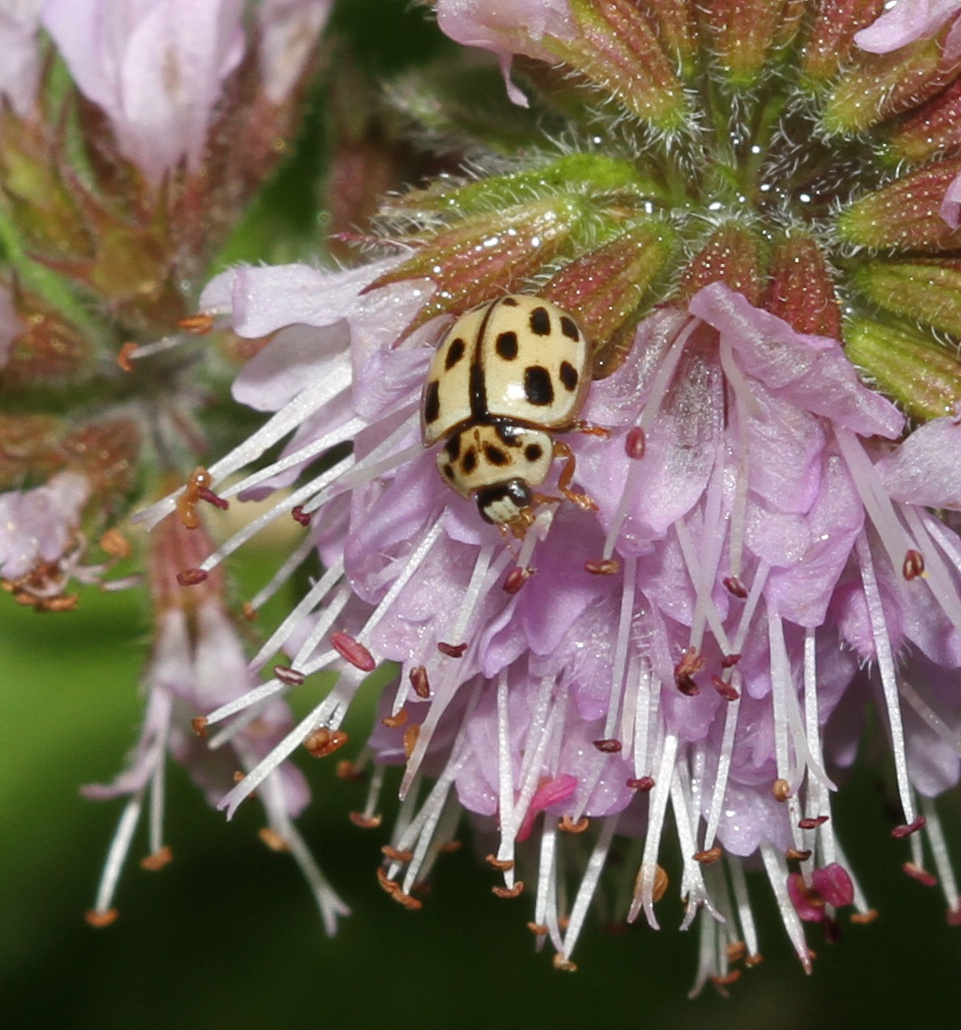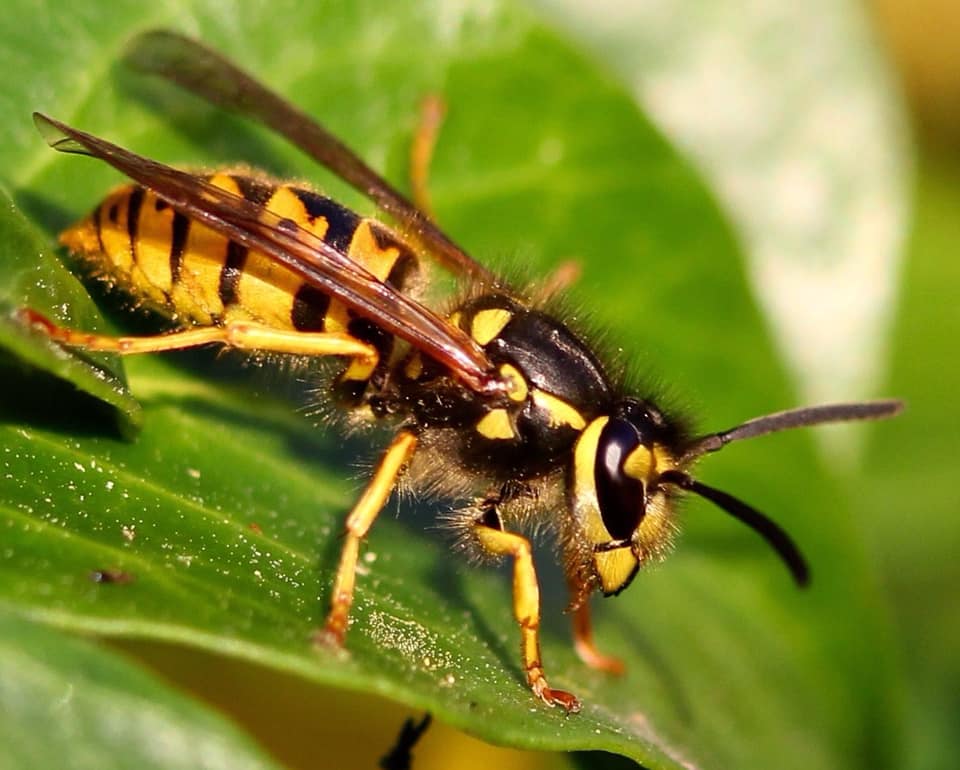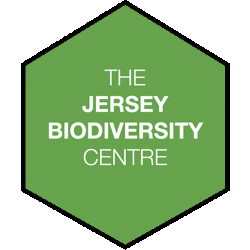Pondering the Pollination Process of Pollinators – Beetles & Wasps
Pondering the Pollination Process of Pollinators – Beetles & Wasps
As part of the Jersey Biodiversity Centre’s role in the Pollinator Project, a number of articles have been penned with the aim of comparing and contrasting certain of Jersey’s native insect orders and species, focussing on those most frequently mistaken for one another.
As something of a follow-up piece, the purpose of this article – as well as others to follow – is to explore the pollination processes as carried out by Jersey’s many insects. Even with a fundamental appreciation of the general pollination process, there being a reliance upon different pollinators other than bees and wasps is easily overlooked. In order to promote and protect the wellbeing of Jersey’s innumerable pollinators, not to mention the wider ecosystem, it is important that a deeper understanding of pollination be achieved.
For this article, we will be specifically looking at the pollination processes undertaken by wasps and beetles. As is widely known, pollination itself is an existentially vital biological process whereby pollen is moved from the stamen of one plant to the stigma of another. Wasps and beetles are important pollinators, each bringing something unique to the pollinator league table.
Fossil records reveal that beetles were prolific pollinator insects as far back as the Mosozoic, some 200 million years ago. It follows as no great surprise that beetles are especially important pollinators for more long-lived plant species and genera, such as magnolias and spicebush. Beetles, with their particularly strong and versatile mandibles, are ideally suited for penetrating plant matter that may prove too great an impediment for other pollinator insects. Beetles’ pursuit of food is their primary reason for visiting plant life, and their sheer strength in numbers – some 88% of all insect orders – means that whilst individually not the most efficient pollinator insect, they are essential pollinators, as a collective insect order.
Beetles are believed to possess colour vision, and so it is reasonably deduced that they rely in part on both their vision and their scent receptors when searching for food, and consequently, pollinating plants. It is this combination of sensory processes that allow beetles to hone in on their preferred flora, typically being strongly fruity, dull in colouration, robustly sturdy, and with ample pollen, much like many of the magnolia genera.
Wasps, much like their bee cousins, visit plants in pursuit of pollen and nectar, upon which they are highly reliant as energy and protein food sources. As is the case with beetles, wasps tend to have less hairy bodies than do bees, rendering them less effective pollinators due to less pollen attaching to them. That said, the nuisance reputation of wasps notwithstanding, they are rightly classed as useful insects and important pollinators. Wasps’ preferred plant life is usually brightly coloured, emitting a fresh and pleasant aroma, and with moderate production of nectar and pollen.
Unlike beetles, which are typically lacking in finesse and coordination; wasps are agile and exacting insects, meaning that they are far more capable of visiting smaller and less opened plants and flowers than are beetles. Like bees, wasps are particularly partial to both nectar and pollen, with the latter serving as an essential nutrient and protein rich food source for their larvae. Far from simply happening upon nectar and pollen whilst in pursuit of prey insects, wasps actively seek out plant matter, and in so doing play an important role in the pollination process.
As chance would have it, wasp pollinators excel in pollinating smaller and less robust plant species, with which beetle pollinators would typically struggle. Conversely, the size, strength and powerful mandibles possessed by beetles make them adept pollinators of larger and stronger plant species, not forgetting about their ability to do away with any obstructing plant matter, usually by eating it.
There are innumerable orders and species of plant pollinators, both globally and specific to our tiny home island. The scope of this article is limited to but two of these many insect orders, though nevertheless serves to demonstrate the physiological and behavioural differences among pollinators, permitting effective pollination of every type, size, colour and species of plant, serving to preserve life on Earth as we know it.
Written by James Moody
References:
https://www.fs.fed.us/wildflowers/pollinators/animals/beetles.shtml
Photo credit: 14-spot ladybrid, Tim ransom.
Photo credit: Wasp, Jenny.


